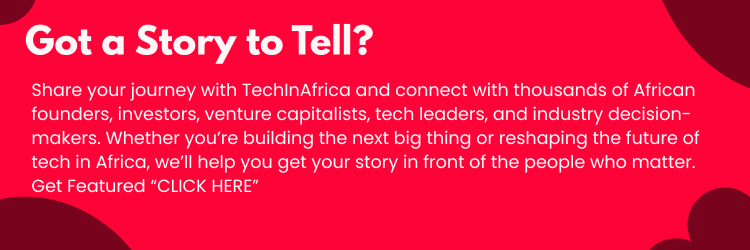Google Translate has taken a monumental leap forward in its mission to break down global language barriers. The tech giant has announced the addition of 110 new languages to its translation service, powered by cutting-edge artificial intelligence (AI) technology. This expansion represents a significant milestone, particularly for African languages, which account for about a quarter of the new additions.
The newly incorporated languages span a diverse range of regions and populations. From Fon in Benin to Kikongo in Central Africa, and from Luo in East Africa to Wolof in Senegal, the list encompasses both widely spoken and lesser-known languages. Other notable additions include Siswati, Tshivenda, Afar, NKo, and Tamazight, each representing unique linguistic communities across the African continent.
This expansion is not just about numbers; it’s about increasing accessibility and representation. Google estimates that these new languages represent over 614 million speakers worldwide, potentially opening up translation services to approximately 8% of the global population. The range of languages is vast, including major world languages with over 100 million speakers, as well as languages spoken by small Indigenous communities and those undergoing active revitalization efforts.
The technological backbone of this expansion is Google’s 1,000 Languages Initiative, which aims to build AI models supporting the world’s 1,000 most spoken languages. At the heart of this initiative is PaLM 2, Google’s next-generation language model. PaLM 2 boasts enhanced multilingual, reasoning, and coding capabilities, building upon Google’s legacy of breakthrough research in machine learning and responsible AI.
This isn’t Google’s first foray into expanding language support. In May 2022, the company added 24 languages using Zero-Shot Machine Translation, a technique where a machine learning model learns to translate without seeing examples. This update included several African languages such as Bambara, Ewe, Krio, Lingala, Luganda, Oromo, Sepedi, Tigrinya, Tsonga, and Twi.
For South Africa, the inclusion of Siswati and Tshivenda brings the total number of supported South African languages to nine out of twelve. This development follows the addition of South African Sign Language (SASL) in July 2023, further enhancing accessibility for South African users.
Google emphasizes the importance of language in communication and understanding. Siya Madikane, Google South Africa’s communications manager, expressed excitement about the expansion, highlighting language as an essential part of how people interact with the world around them.
The process of adding new languages to Google Translate is complex and considerate. It involves decisions about which languages to include and how to handle specific spellings. Google’s approach prioritizes the most commonly used varieties of each language, acknowledging that many languages lack a single, standard form.
PaLM 2 has been instrumental in this expansion, enabling more efficient translation and learning of closely related languages. However, Google emphasizes that technology is just one part of the equation. The company continues to partner with expert linguists and native speakers to support more language varieties and spelling conventions over time.
As technology advances, Google remains committed to expanding its language support. This ongoing effort promises to make communication more accessible and inclusive on a global scale, bringing us closer to a world where language barriers are a things of the past.





